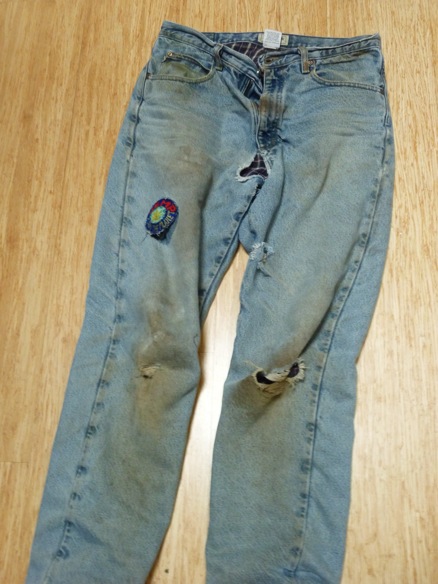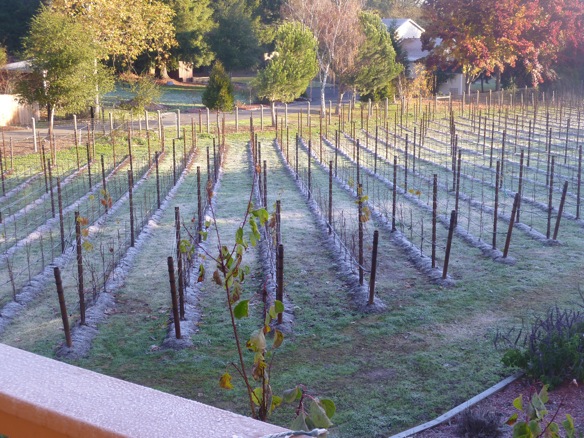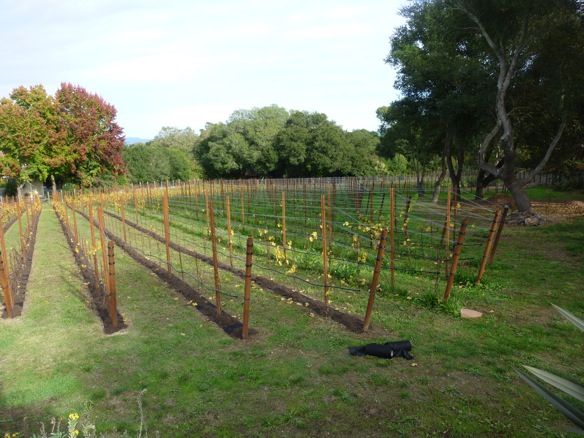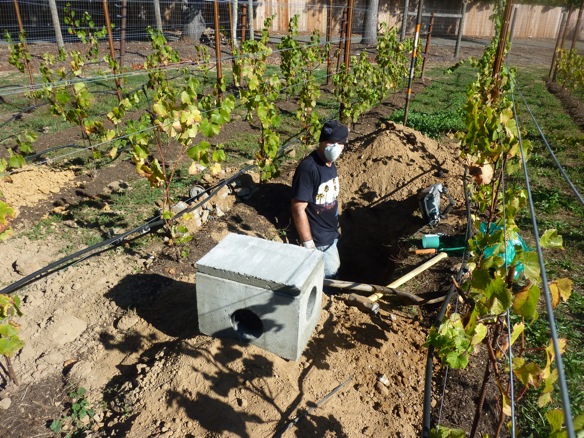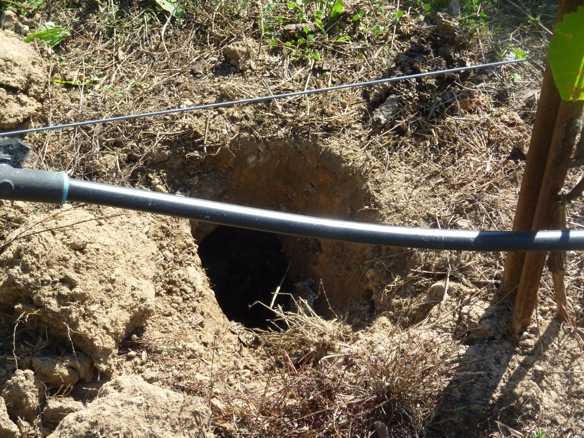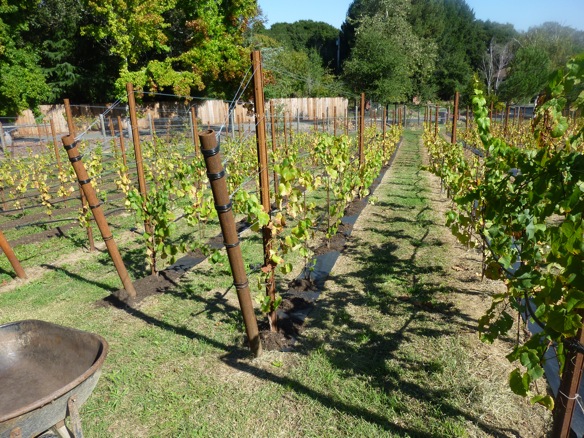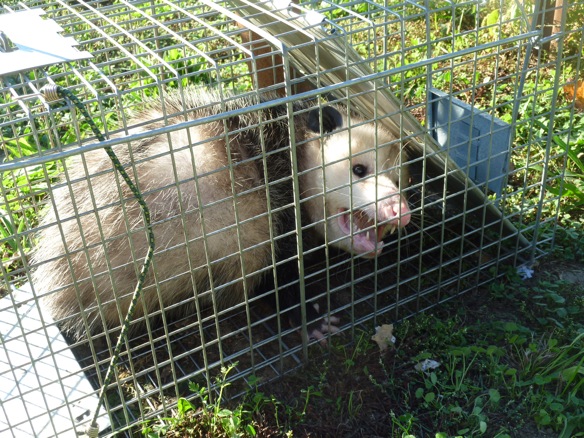 Opossum General Information
Opossum General Information
Over 70 million years ago dinosaurs roamed the Earth. While they are now extinct, one animal who shared the same land with the dinosaurs still exists today… the opossum..
Despite its appearance, the opossum is not related to the rat. In fact, the opossum is a marsupial, or “pouched” mammal, and is therefore related to other marsupials such as the kangaroo and the koala. Like kangaroos and koalas, infant opossums stay inside the mother’s pouch to nurse and develop. The opossum holds the distinction of being North Americas’s only marsupial.
Opossums are born after an 11-13 day gestation period. The pink, embryonic-looking infants are so small at birth that 20 could fit into a teaspoon. The infants continue to develop inside the pouch. As they grow and the pouch becomes full, the juveniles then ride on the mother’s back until they are old enough to go out on their own.
The opossum has an average lifespan of 1 to 2 years. This short lifespan is due in part to the presence of many predators including dogs, cats and people. Sometimes the opossum is able to escape death by “playing ‘possum” or feigning death, and in so doing the predator may lose interest in the apparently dead animal and not eat it
The name “opossum” is derived from an Algonquian Indian word “apasum”, meaning white animal. While there are over 65 species of opossums, only one, the Didelphis virginiana, more commonly known as the Virginia opossum, is native to North America. Didelphis means double womb and refers to the pouch as a secondary place of development for the infant opossums. Virginiana refers to the state of Virginia where the opossum was first observed by early English colonists. However, opossums today can be found throughout most of the United States and portions of Canada and Mexico.
The opossum has many interesting features. It has 50 teeth, more than any North American land mammal. Its hairless tail is prehensile and is used for grasping branches, balancing and carrying nesting material. The opossum does not hang upside down by the tail, a common misconception. The opossum also has opposable thumbs on its hind feet for holding onto branches.
Whether rural, residential or in the wilderness, opossums are a benefit to any area they inhabit. Their diet includes all types of bugs and insects including cockroaches, crickets and beetles. They love snails. They also eat mice and rats. The nocturnal opossum is attracted to our neighborhoods by the availability of water, pet food left out at night and overripe, rotting fruit that has fallen from trees. The opossum in turn helps keep our neighborhoods clean and free of unwanted, harmful garden pests and rodents, which may carry diseases. The opossum has earned the title of “Nature’s Little Sanitation Engineer.”
 Seems like forever ago that it last rained (OK 35 days, but for Sonoma County in winter that is forever)…..and we need it. Although it was a nice change from last year when we had over 50 inches of rain. By the way, if you have never been here, the last storm was representative of what we get….1” on Thursday, 3.5” Friday, perhaps another 3” on Sunda and then sun for 5 days.
Seems like forever ago that it last rained (OK 35 days, but for Sonoma County in winter that is forever)…..and we need it. Although it was a nice change from last year when we had over 50 inches of rain. By the way, if you have never been here, the last storm was representative of what we get….1” on Thursday, 3.5” Friday, perhaps another 3” on Sunda and then sun for 5 days.